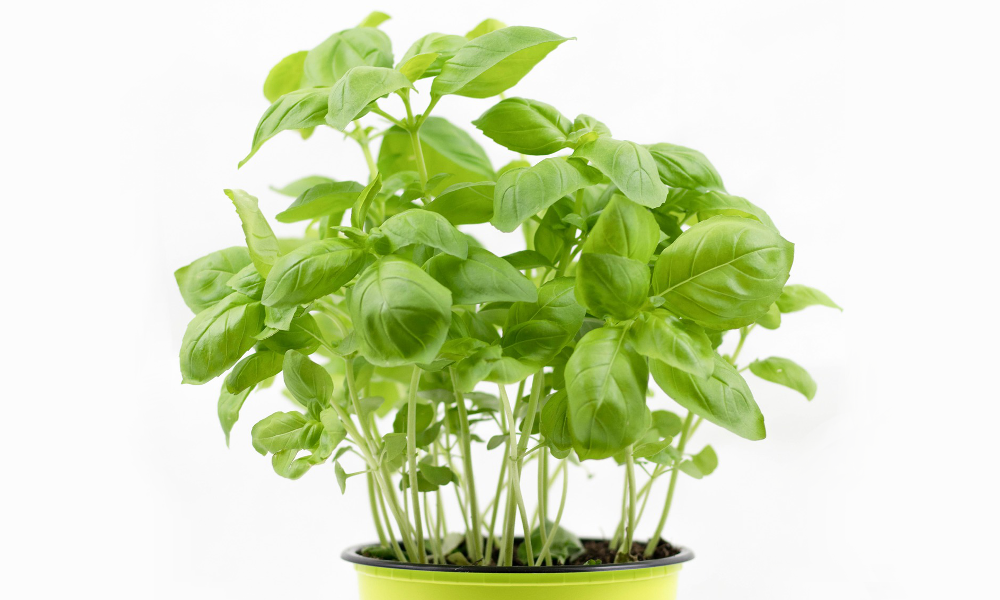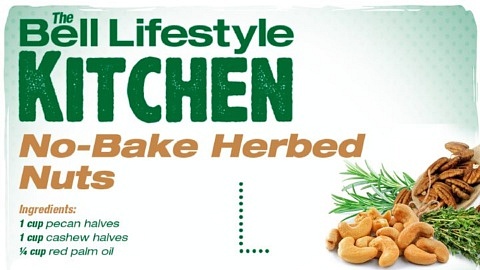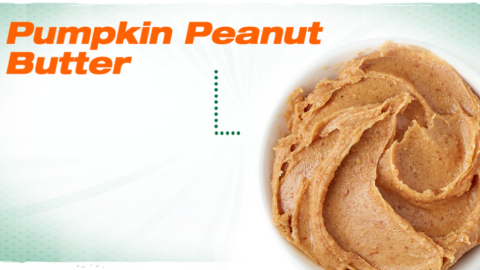Bell goes beyond merely offering health supplements for men, by developing unique formulations specifically targeted at some of the most significant men’s...
About the Author
Kristin Henningsen
Kristin Henningsen is a freelance writer, clinical herbalist and yoga instructor, integrating herbal medicine and yoga therapeutics for over 10 years. In addition to her private practice, she teaches classes on health and wellness and is often found leading herb walks, kids in tow.
Find her at www.banyanmoonbotanicals.com.






